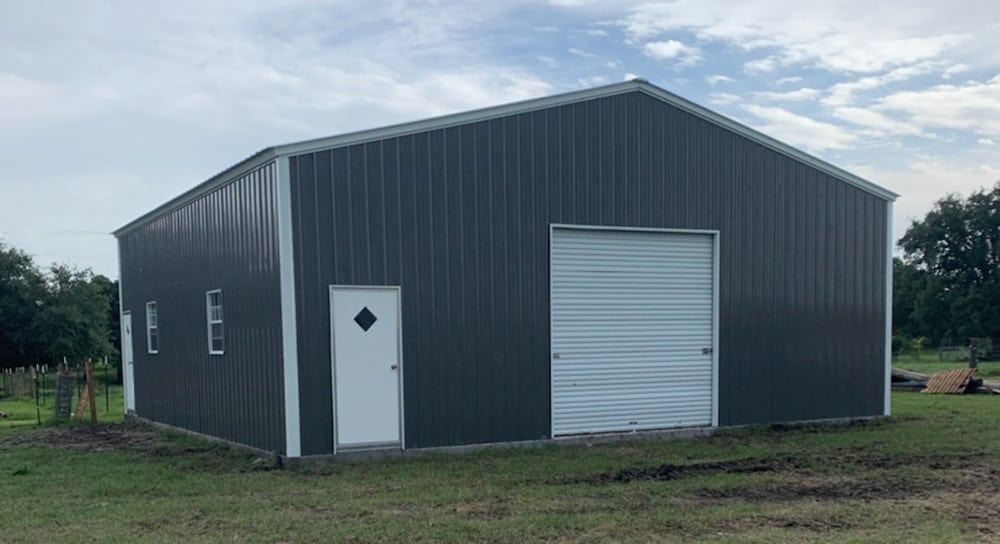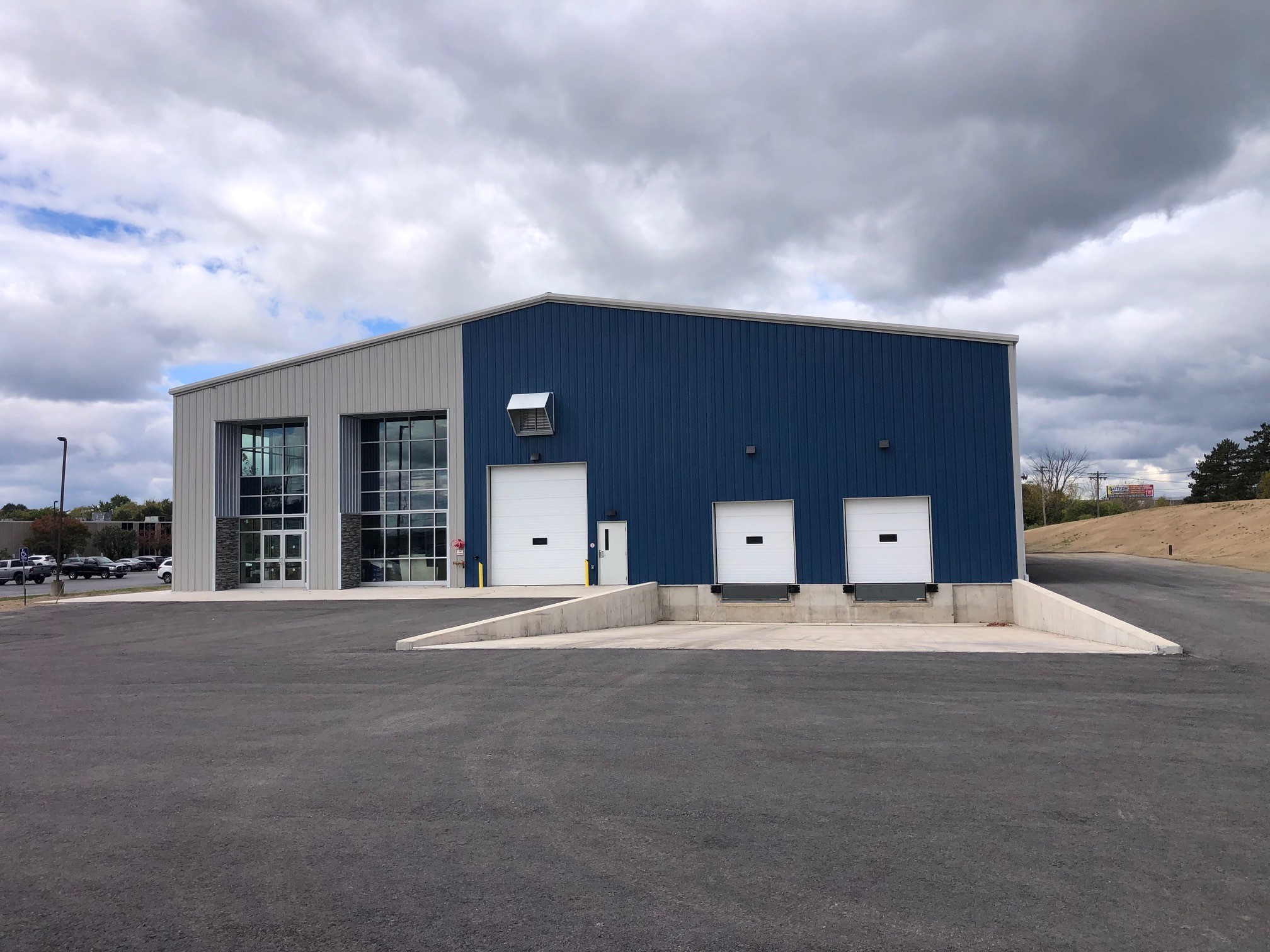The Competitive Advantage of Steel Buildings: Why Choose This Superior Choice
Steel structures have become an engaging option in the world of building and construction for a wide range of factors. From their durable resilience to cost-effectiveness and sustainable characteristics, steel structures supply a range of advantages that set them apart in the market. The competitive edge that steel buildings hold prolongs much past their preliminary charm, making them a favored choice for those looking for long life and flexibility in their building and construction tasks. As we discover the world of steel constructions, it ends up being apparent why this exceptional choice has garnered considerable focus from designers, architects, and designers alike.
Longevity and Durability
In the realm of building and construction, toughness and durability are basic aspects that emphasize the value recommendation of steel structures. Steel is renowned for its toughness and capacity to endure numerous environmental conditions, making it a perfect selection for lasting frameworks. Unlike typical materials like wood or concrete, steel does not warp, fracture, or rot over time, making sure that a steel structure remains structurally sound for years.
One vital element adding to the durability of steel buildings is their resistance to bugs such as termites, which can create substantial damages to wooden frameworks. Steel is additionally non-combustible, reducing the risk of fire damage and enhancing the safety and security of residents. Furthermore, steel structures need marginal upkeep contrasted to various other construction materials, saving both time and money over time.
Additionally, innovations in steel manufacturing modern technology have further enhanced the longevity of steel structures by boosting rust resistance and architectural stability. With appropriate care and maintenance, a well-constructed steel building can last more than 50 years, offering a reliable and durable solution for numerous construction needs.
Cost-Effectiveness
With its many economic benefits, steel as a building product uses a compelling cost-effective remedy for different construction tasks. The cost-effectiveness of steel structures comes from a number of crucial elements. Firstly, the first cost of steel may be greater than some standard materials, but the long-lasting savings are substantial. Steel structures call for minimal upkeep, minimizing repair service and replacement expenses with time. Furthermore, steel is very resilient, which translates to reduce insurance coverage costs because of lowered danger of damage from aspects such as fire, pests, and natural calamities.
Additionally, the building and construction process with steel is much faster and more effective contrasted to various other materials, resulting in lowered labor costs and earlier job conclusion. Steel structures are additionally energy-efficient, permitting cost savings on heating & cooling costs. The convenience of steel permits for easy expansion or modification, conserving on future construction costs by eliminating the requirement for substantial improvements. In general, the cost-effectiveness of steel buildings makes them a clever financial investment for various construction needs.
Adaptability in Design
The versatility of steel as a building product allows for a vast range of ingenious design opportunities in construction tasks. Steel buildings supply unrivaled versatility in style, making them a preferred choice for contractors and architects.
Steel's versatility also enables modification to satisfy specific style needs. Whether it's curved roof coverings, intricate exteriors, or one-of-a-kind geometric forms, steel can be formed to bring practically any type of design idea to life. In addition, steel buildings can be easily increased or changed, using future versatility for adjusting to transforming needs.
Its durability and resistance to corrosion guarantee that steel structures preserve their aesthetic appeal and structural integrity for years to come. Ultimately, the adaptability of steel in style not only enhances the visual appeal of structures yet likewise contributes to their longevity and functionality.

Sustainable Building And Construction Practices
Structure upon the foundation of adaptability in design, lasting construction techniques in steel buildings play an this article important duty in mitigating ecological impact and advertising long-term green options. Steel is an extremely sustainable product because of its recyclability and resilience. When steel structures get to the end of their lifecycle, the steel elements can be recycled and made use of in new construction jobs, reducing the need for resources and lessening waste. In addition, the energy effectiveness of steel structures contributes to sustainability initiatives. Steel frameworks can easily fit insulation, photovoltaic panels, and other energy-efficient functions, lowering energy usage and functional prices over time. This not only profits the setting yet likewise provides long-lasting price financial savings for building proprietors.

Fast Construction Timeline

In addition, the structured procedure of setting up steel frameworks minimizes building time substantially. The simplicity of steel building layout and the convenience of setting up contribute to faster project conclusion, making it an ideal selection for customers with time-sensitive needs (steel buildings). In addition, the capability to service various elements concurrently, such as site preparation and structure building alongside steel fabrication, further accelerates the total building timeline
Conclusion
In conclusion, steel structures provide an affordable benefit due to their longevity, cost-effectiveness, adaptability in design, lasting Read More Here building practices, and quick building timeline. These factors make steel structures a premium choice for various building and construction jobs, giving long-lasting advantages and value. Picking steel buildings can lead to boosted performance, effectiveness, and sustainability in the construction market.
Unlike traditional materials like timber or concrete, steel does not warp, fracture, or rot over time, making certain that a steel building remains structurally sound for years.
The versatility of steel as a building material allows for a broad variety of cutting-edge style opportunities in construction jobs.Structure upon the structure of adaptability in style, sustainable construction practices in steel structures play an important role in mitigating environmental influence and promoting lasting environmentally friendly services. When steel structures reach the end of their lifecycle, the steel elements can be reused and made use of in brand-new construction projects, lowering the need for raw products and decreasing waste.In conclusion, steel buildings provide an affordable benefit due to their durability, cost-effectiveness, flexibility in style, lasting construction methods, and rapid building timeline.